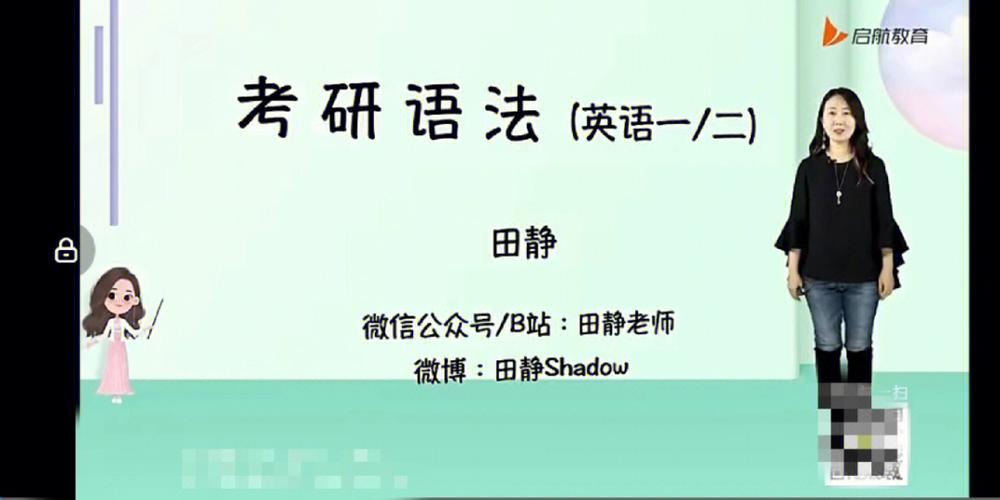In today's globalized world, proficiency in English is essential, especially for those pursuing higher education. With the advent of technology, instructional videos have emerged as a valuable tool for improving English oral skills, particularly for graduate students preparing for English proficiency exams like the GRE or TOEFL. Let's delve into how instructional videos can aid in enhancing graduate English oral skills and provide effective guidance for creating impactful content.
Before creating instructional videos, it's crucial to understand the needs and proficiency levels of the target audience. Graduate students preparing for English proficiency exams typically possess an intermediate to advanced level of English proficiency. Thus, the instructional content should be tailored to suit their linguistic abilities and academic requirements.

Instructional videos should be wellstructured and organized to facilitate effective learning. Breaking down the content into manageable segments with clear objectives helps students grasp the material more efficiently. For example, each video could focus on a specific aspect of English oral skills, such as pronunciation, fluency, vocabulary usage, or grammatical accuracy.
To keep students engaged and motivated, instructional videos should incorporate interactive elements such as quizzes, roleplaying exercises, and speaking prompts. Interactive activities not only reinforce learning but also provide opportunities for students to practice and apply their English oral skills in a supportive environment.
One of the key benefits of instructional videos is the ability to model and demonstrate correct English pronunciation, intonation, and fluency. Through clear and articulate speech, instructors can serve as linguistic models for students to emulate. Additionally, providing reallife examples and scenarios helps contextualize language usage and promotes practical application.
Effective feedback is essential for student improvement. Instructors can encourage students to record themselves practicing English oral skills and submit their recordings for feedback and assessment. Constructive feedback should focus on areas for improvement while also acknowledging progress and strengths. Moreover, incorporating selfassessment tools empowers students to monitor their own development and set realistic goals.
English proficiency encompasses more than just linguistic skills; it also involves cultural competence and contextual understanding. Instructional videos can incorporate cultural references, idiomatic expressions, and situational dialogues to familiarize students with diverse linguistic and cultural contexts. This not only enriches their language proficiency but also prepares them for crosscultural communication in academic and professional settings.
To accommodate diverse learning preferences and schedules, instructional videos should be easily accessible and offer flexibility in terms of viewing options and pacing. Providing subtitles or transcripts can aid comprehension for nonnative English speakers, while offering multiple playback speeds allows students to adjust the pace according to their individual learning needs.
Encouraging collaboration and peer interaction enhances the learning experience. In addition to watching instructional videos individually, students can participate in group discussions, peer review sessions, and collaborative projects. This fosters a sense of community and creates opportunities for mutual support and knowledge sharing among peers.
In conclusion, instructional videos are a valuable resource for enhancing graduate English oral skills. By incorporating targeted content, interactive learning activities, modeling and demonstration, feedback mechanisms, cultural competence, accessibility, and collaborative learning opportunities, instructors can create engaging and effective instructional videos that empower graduate students to succeed in their English proficiency endeavors. Through continuous practice, feedback, and selfreflection, students can build confidence and proficiency in English oral communication, ultimately advancing their academic and professional aspirations.
文章已关闭评论!
2024-12-23 15:01:23
2024-12-23 14:01:18
2024-12-23 13:01:10
2024-12-23 12:01:11
2024-12-23 11:00:54
2024-12-23 10:00:42
2024-12-23 09:00:39
2024-12-23 08:00:29